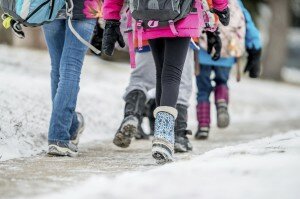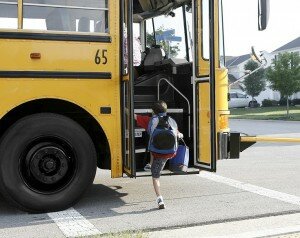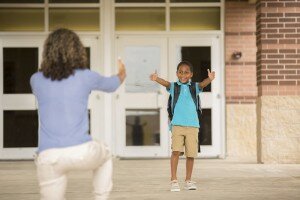The Healthy Kids Colorado Survey is given to several thousand 6th through 12th graders in Colorado public schools, asking questions related to behaviors that can affect the students’ mental, physical, and emotional health. Schools recently committed to making an extra effort to educate parents about the survey, so we wanted to answer some FAQ’s on it too.
The survey is given every other year on odd years (2011, 2013, 2015, etc.). It’s anonymous, multiple-choice, and voluntary. It includes questions about:
- Use of tobacco, alcohol, and drugs
- Physical activity
- Diet and eating habits
- Violence
- Bullying
- Suicide
- Sexual activity
- Use of healthcare services (such as dental and medical care)
Why it is Valuable
Several different groups use results from the Healthy Kids Colorado Survey in their work for Colorado youth. Survey data help:
- Inform government policies that affect youth health
- Inform grant applications for organizations that serve youth (i.e., the survey data show who needs what types of help)
- Schools understand their students’ health risks and behaviors, and plan programs to improve them
- Show how Colorado youth health behaviors compare to behaviors in previous years—and how they compare to health behaviors of youth in other states and across the country
- Inform the general public about the state of youth health in Colorado
Who Runs and Funds the Survey
Co-sponsors of the survey include the Colorado Department of Education, Colorado Department of Public Health and Environment (CDPHE), and the Colorado Department of Human Services. The University of Colorado Denver administers the survey. Funding for the survey comes largely from marijuana taxes, along with smaller contributions from the Centers for Disease Control and Prevention and CDPHE.
How and Where the Survey Is Given
Randomly-selected Colorado public schools give students the Healthy Kids Colorado Survey during class in the fall of odd years. The test takes under 45 minutes. The results are anonymous—students don’t put their names on the survey, and teachers are instructed to protect students during testing. In 2013, 40,000 Colorado students in 224 schools completed the Healthy Kids Colorado Survey.
The Survey Consent
In early 2015, the Colorado Board of Education explored changing the survey’s consent process. The survey has a “passive opt-out” consent. This means that schools give students surveys unless their parents sign an opt-out form ahead of time. Schools are required to send parents advance notice about the survey a full two weeks before it is administered. In addition, school districts can individually require active consent for the survey if they choose (as did Jefferson County), and many schools have committed to making an extra effort to educate parents about the survey so they’re aware that it is voluntary.
As of this blog’s publish date, schools have administered the 2015 Healthy Kids Colorado Survey, and the University of Colorado Denver will reveal results and analysis in the fall of 2016.
For More Information
- About the Healthy Kids Colorado Survey
Reports on past Survey results, and copies of the current Survey
 Megan Freedman is a freelance writer and researcher, with a special focus on medical and wellness topics. She lives in Denver, Colorado with her husband and three children.
Megan Freedman is a freelance writer and researcher, with a special focus on medical and wellness topics. She lives in Denver, Colorado with her husband and three children.
 |
| 











